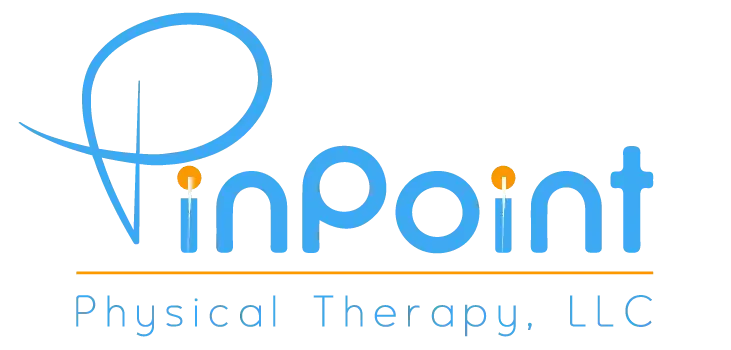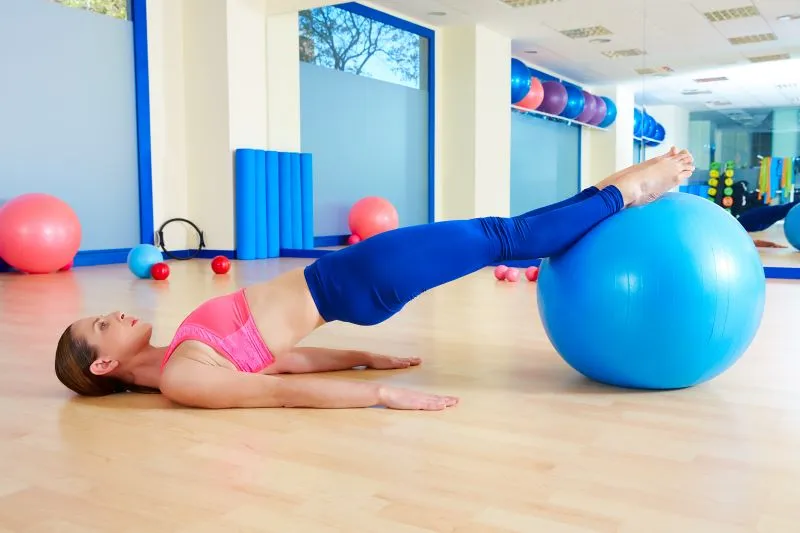Pelvic dysfunction is a serious condition. Although it is not a condition familiar to most people, it is more common than you think. One in three women will experience pelvic floor dysfunction. For men, the number is one in six. It causes severe discomfort and hampers the everyday quality of life. Relief is possible, though, and physical therapy can help. In addition, strengthening the pelvic floor can help with daily elimination and keeping abdominal organs in place. This article will discuss identifying the dysfunction and some methods one can do at home when one experiences pelvic floor dysfunction.
Symptoms of Pelvic Floor Dysfunction
First, let’s look at how you know if you are suffering from pelvic floor dysfunction. The symptoms are slightly different for women and men.
Female Symptoms
- Unexplained pain in the lower back, pelvis, genitals, or rectum
- Constipation, straining, and pain with bowel movements
- Frequent need to urinate
- Unable to hold urine with coughing, sneezing, laughing, lifting, etc.
- Pelvic muscle spasms
- Painful intercourse
Male Symptoms
- Pain in the lower abdomen or groin
- Constipation, straining, and pain with bowel movements
- Painful urination or difficulty starting or maintaining a stream
- Urinary or fecal incontinence
- Painful ejaculation
Methods to Deal with Pelvic Floor Dysfunction
There are some things one can do to make life a little easier when dealing with pelvic floor dysfunction.
Elimination Practices
Most people in the Western world sit when using a toilet. However, that’s not the natural way. Instead, squatting is the proper way to go about one’s business, and doing so can help relieve pressure for those suffering from pelvic floor dysfunction. Squatting involves different muscles and relieves tension in those generally used in the bathroom, which can help with relief. Using a stool or a squatty potty is helpful.
It’s also important not to use a bathroom “just in case.” Over time this practice trains the body to send signals when it doesn’t necessarily need to go. Granted, you don’t always know when the next bathroom will be available, but patience is a virtue, and for pelvic dysfunction, it’s better to wait it out and use the facilities when you get the signal that the bladder is full.
Remember to relax when going. Pushing and exerting pressure tenses the muscles, making going even more difficult. It might take some additional time, but relaxing with patience and plenty of water can greatly help.
Movement
An active life is helpful for general health but can also assist with pelvic floor dysfunction. For example, walking helps strengthen relevant muscles reducing the stress and difficulty associated with the condition. Conversely, lack of activity causes muscles to atrophy, exacerbating the situation. A sedentary lifestyle is a significant cause of pelvic floor dysfunction in men and women.
Hydration
Hydration is also essential. Dehydration, in general, is not beneficial for bodily functions, as the human body relies on water to function properly. Drinking drink plenty of water keeps everything lubricated and reduces constipation. Most people need to drink more water, and while increased water intake might mean more trips to the bathroom, those trips will be a lot easier.
Pin Point Physical Therapy
Pelvic dysfunction can be a problem, but it is manageable. Pelvic floor therapy in Charlotte NC, at Pin Point Physical Therapy, can help. Although dealing with a condition like pelvic dysfunction can be frustrating, physical therapy can provide relief. The proper exercises can strengthen muscles and reduce the symptoms. Contact us today at 704-612-6797 and schedule an appointment.



